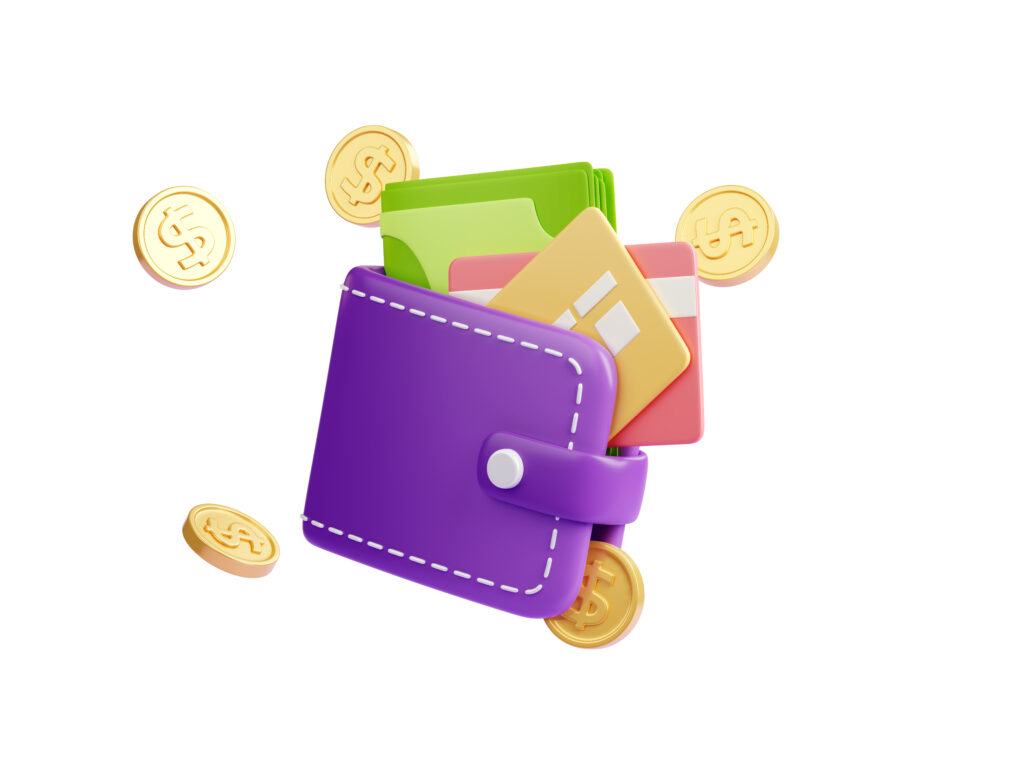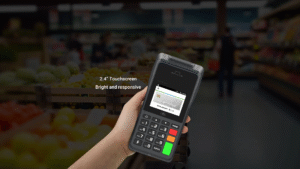What Is Fintech? A Clear Guide to Financial Technology
Financial technology, or fintech, refers to the innovative use of technology to improve and automate financial services. It enables businesses, entrepreneurs, and everyday users to manage money more efficiently through tools that simplify payments, lending, investing, and more.
At its core, fintech merges financial services with software and algorithms—often delivered through smartphones, computers, and cloud platforms—to streamline financial operations in ways that were impossible just a few years ago.
A Brief History of Fintech
Fintech began in the early 2000s as back-end infrastructure powering traditional banks and financial institutions. But around 2018, the focus shifted. Fintech expanded from institutional systems to consumer-facing apps and platforms. Today, it spans multiple sectors, including:Â
- Digital bankingÂ
- Online lendingÂ
- Investment platformsÂ
- Education financeÂ
- Crowdfunding and nonprofit techÂ
From budgeting apps to robo-advisors, fintech has become a part of everyday life.
How Fintech Works
Fintech simplifies traditional financial services by breaking them into streamlined, tech-enabled components. These tools often offer a faster, more affordable, and more user-friendly experience than legacy systems.
For example, sending money via a mobile wallet, managing savings through an AI-powered app, or trading stocks on an online platform are all everyday applications of fintech. Most users engage with fintech without even realizing it, through mobile banking apps, payment gateways, or digital wallets.Â
Why Fintech Is Disruptive
The power of fintech lies in its ability to disrupt outdated systems. Traditional banking required branches, paperwork, and in-person service. Fintech removes those barriers by offering services digitally, on-demand, and often with fewer fees.
It’s reshaping how people access and use financial tools, making the system more inclusive and efficient. Whether you’re a small business owner accessing loans via a fintech platform or a student budgeting through a mobile app, fintech is opening new doors.
Key Technologies Driving Fintech
Several advanced technologies power the modern fintech ecosystem:
- Artificial Intelligence (AI) and machine learning help predict user behaviour, detect fraud, and personalise financial experiences.Â
- Predictive analytics can identify spending patterns, improving money management tools.Â
- Chatbots and automated customer service make it easy for users to get help instantly while reducing operational costs.Â
- Data-driven marketing allows fintech platforms to offer smarter, more relevant financial products.Â
These innovations not only enhance the user experience but also increase security, reliability, and personalisation across services.Â
The Future of Fintech
Fintech is no longer just an industry trend—it’s a core part of the global financial system. As more consumers and businesses adopt digital-first solutions, fintech will continue to grow and evolve. The focus is shifting toward smarter, automated, and more inclusive financial services that empower users to take control of their money.
Want to stay ahead in the world of digital finance?Â
Keep up with the latest in fintech and how it’s transforming payments, banking, and business, right here on the VigiPay blog.Â


